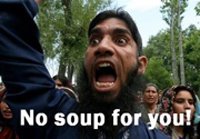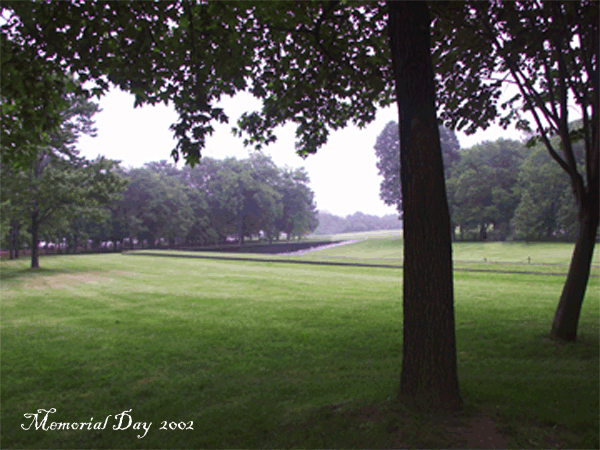Into Taliban country
It's all well and good that there are low American causalities in the Afghanistan surge, but Taliban are not being killed this way. The allied strategy to occupy and hold territory will eventually tie down large numbers of troops while the Taliban regroups for attacks on other areas. If the allied forces cannot swarm and overwhelm the Taliban over large areas, a stalemate will develop with the advantage going to the terrorists.
What is really needed is a concerted effort to run down the Taliban leaders and other enablers similar to the Israeli efforts to destroy Hamas leadership. I've said this before but a Phoenix program on a global scale is needed to eliminate the "brains" of the Islamic Jihad. Phoenix was the single most successful program in the destruction of the Viet Cong leadership. Without leadership and infrastructure, there will be nothing but bands of uncoordinated terrorists to deal with. That means following and eliminating terrorist leaders and enablers wherever they may be.
Let's hope someone, somewhere in government realizes that Islamic Jihad is accelerating and making mighty inroads into Western society at all levels.
Where will you be when the Jihad hits the streets?
FROM THE ECONOMIST.COM:
Into Taliban country
Jul 9th 2009
America’s “surge” in Afghanistan begins—and allied tactics change
LASHKAR GAH
From The Economist print edition
UNDER cover of night, driving through the desert or landing from helicopters, America’s marines went “big, strong, fast” into the Taliban’s strongholds in Helmand province. More than 4,000 marines and about 650 Afghan soldiers reached their targets in just seven hours.
Operation Khanjar (Thrust of the Sword), which began on July 2nd, was the biggest action by the marines since they retook the Iraqi city of Fallujah in 2004. But unlike their comrades in that bloody urban battle, the marines now in Afghanistan have, for the most part, thrust their swords into hot air. With the Taliban melting away in many places, the marines’ biggest enemy has often been the heat—“hot as fire”, says their commander, Brigadier-General Larry Nicholson. Some complained they had not been able to fire enough rounds to lighten their heavy packs.
But General Nicholson, for one, was not disappointed. His object was not to kill Taliban soldiers but to protect the population. Each company commander was told his first task should be to organise a council, or shura, with local elders to deliver the message that the marines had come to stay and to extend the writ of the central government in Kabul. A parallel operation, Panchai Palang (Panther’s Claw), has been a gritty and bloody affair in which British forces have been slugging it out with the Taliban for control of the district of Nad Ali. The British have lost seven soldiers, including a battalion commander in the Welsh Guards, Lieutenant-Colonel Rupert Thorneloe, this month alone.
The operations have two main aims: to enlarge and merge the patches of territory controlled by NATO along the “green zone” (the ribbon of irrigated land alongside the Helmand river and its tributaries) and to interdict the flow of Taliban fighters and weapons through the desert from Pakistan. The marines are pushing into insurgent-held areas in the districts of Nawa and Garmser (see map). They have also struck deep in the south to build a new base in the town of Khanishin, from where marines will try to disrupt Taliban supply routes. On July 8th the Afghan flag was raised over the town’s 18th-century fort.
READ IT ALL:


.jpg)
















